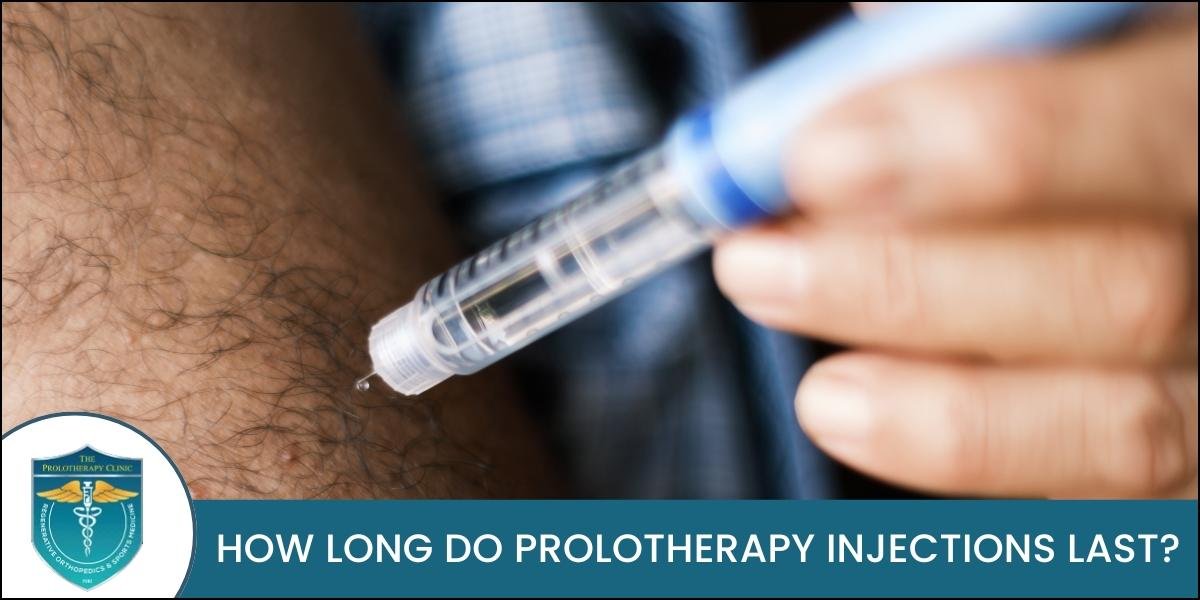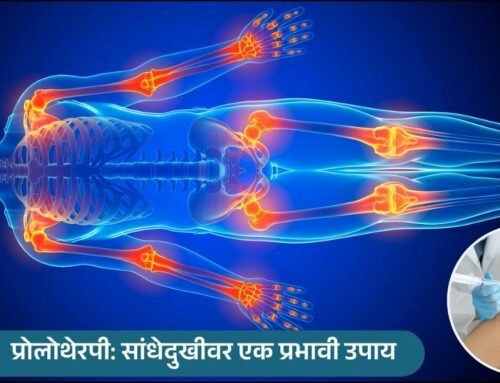If you’re exploring alternatives to surgery for chronic joint pain, tendonitis, or ligament injuries, you’ve likely come across Prolotherapy. This regenerative injection treatment is renowned for stimulating the body’s natural healing processes. But a critical question remains for many: How long do Prolotherapy injections last?
Unlike temporary pain masks like corticosteroids, Prolotherapy aims for a permanent structural solution. Let’s delve into what you can expect from the longevity of your results.
Understanding the Goal of Prolotherapy
Prolotherapy, short for “proliferation therapy,” involves injecting a mild irritant solution (often containing dextrose) into damaged ligaments, tendons, or joints. This injection intentionally creates a controlled inflammation, triggering the body to send healing growth factors and nutrients to the area. The result is the proliferation (strengthening and thickening) of weakened connective tissues, ultimately restoring stability and eliminating pain at its source.
The Timeline and Duration of Results
The longevity of Prolotherapy is one of its most significant advantages. However, it’s not an instant fix but a process.
-
Initial Relief: Many patients experience a reduction in pain within the first few weeks after their initial session as the inflammation process begins.
-
The Treatment Series: Prolotherapy typically requires a series of sessions, usually spaced 4-6 weeks apart. Most people need between 3 to 6 sessions to achieve optimal tissue strengthening and lasting results.
-
Long-Term Stability: Once the treatment series is complete and the damaged tissues have fully healed and thickened, the results can be long-lasting or even permanent. By addressing the root cause of the instability and pain, the effects are designed to be sustained.
Think of it like healing a deep cut. You don’t just put a bandage on it; you clean the wound and allow the body to rebuild the skin over time. Prolotherapy does the same for your internal structures.
Factors That Influence How Long Prolotherapy Lasts
Several individual factors can affect the duration of your Prolotherapy outcomes:
-
The Severity of the Injury: Chronic, long-standing injuries may require more sessions and a more comprehensive rehabilitation plan.
-
Overall Health and Nutrition: Patients who are non-smokers, maintain a healthy weight, and eat a nutrient-rich diet tend to heal faster and see better results.
-
Commitment to Rehabilitation: Following your practitioner’s advice on gentle movement, physical therapy, and avoiding strenuous activity is crucial for long-term success.
-
Lifestyle and Activity Level: Returning to high-impact activities without proper conditioning can re-injure the treated area.
To ensure your results last as long as possible, partner with a skilled practitioner. At The Prolotherapy Clinic Pune, our experts develop personalized treatment plans that include guidance on post-procedure care and strengthening exercises. This holistic approach is key to achieving not just pain relief, but a permanent return to an active life. If you are seeking a non-surgical, lasting solution for your joint or ligament pain, consider consulting with a specialist. Dr. Vikram Rajguru at The Prolotherapy Clinic Pune offers expert prolotherapy injections and regenerative medicine solutions to help you regain your mobility and live without pain.
Frequently Asked Questions (FAQs)
1. Is Prolotherapy treatment painful?
The injections can cause temporary discomfort, often described as a dull ache or pressure during the procedure. This usually subsides quickly, and any post-injection soreness typically resolves within a few days.
2. How many Prolotherapy sessions are needed?
Most patients require a series of 3 to 6 sessions, scheduled 4 to 6 weeks apart, to achieve optimal and lasting tissue repair and pain relief.
3. What is the success rate of Prolotherapy?
Studies and clinical experience show success rates for Prolotherapy often range between 80-90% for treating chronic musculoskeletal pain in areas like the knee, back, and joints.
4. What is the difference between Prolotherapy and PRP?
Both are regenerative treatments, but Prolotherapy uses a dextrose-based solution to stimulate healing, while Platelet-Rich Plasma (PRP) uses a concentrated sample of the patient’s own blood platelets to promote tissue repair. The best choice depends on your specific injury.
5. Are the results of Prolotherapy permanent?
By strengthening and healing the damaged connective tissues at a structural level, Prolotherapy aims to provide a permanent solution. While new injuries can occur, the successfully treated area should remain stable and pain-free long-term.


